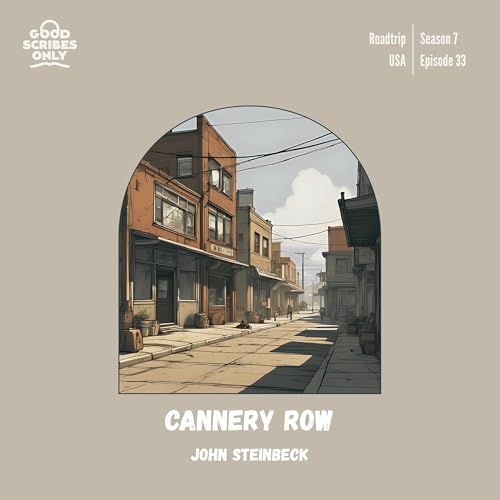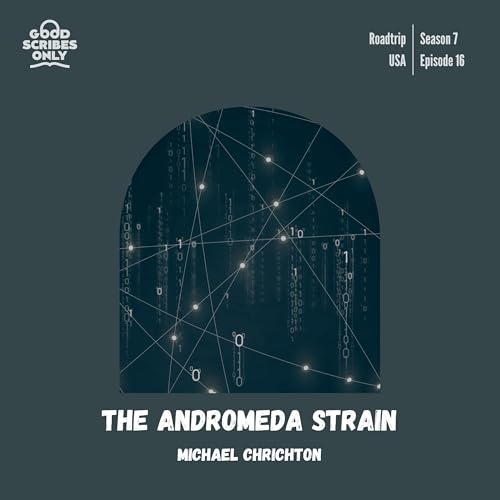About the Book:
Published in 1968, House Made of Dawn is N. Scott Momaday’s landmark debut novel and a defining work of Native American literature. The story follows Abel, a young Native American man who returns to his reservation in New Mexico after serving in World War II. Struggling with alienation, dislocation, and the clash between traditional life and modern America, Abel’s journey is one of trauma, survival, and the search for identity.
Told in shifting voices and lyrical prose, the novel weaves together Native storytelling traditions, modernist techniques, and spiritual imagery. Its exploration of cultural loss, resilience, and belonging earned widespread acclaim, and in 1969 House Made of Dawn won the Pulitzer Prize for Fiction. It remains a foundational text in what came to be known as the Native American Renaissance in literature.
About the Author:
N. Scott Momaday was a Kiowa novelist, poet, essayist, and painter whose work profoundly shaped American literature. Born in 1934 in Lawton, Oklahoma, he grew up in both Native and Anglo-American worlds, an experience that deeply influenced his writing. His first novel, House Made of Dawn, established him as a major literary voice and became the first work by a Native American author to win the Pulitzer Prize.
Momaday went on to write acclaimed works including The Way to Rainy Mountain (1969) and The Names: A Memoir (1976). His writing often blends myth, history, and personal narrative, honoring Native oral traditions while engaging with broader themes of memory, land, and identity. In 2007, he received the National Medal of Arts for his contributions to American letters. Momaday’s legacy endures as both a literary pioneer and a bridge between cultures.
Website
TikTok
Instagram
YouTube
Newsletter
Jeremy's Website
Dan's Website
 Nov 12 202519 min
Nov 12 202519 min 1 h et 1 min
1 h et 1 min Oct 15 202517 min
Oct 15 202517 min Oct 1 20251 h et 3 min
Oct 1 20251 h et 3 min Sep 17 202514 min
Sep 17 202514 min 55 min
55 min Sep 3 202517 min
Sep 3 202517 min 1 h et 2 min
1 h et 2 min
